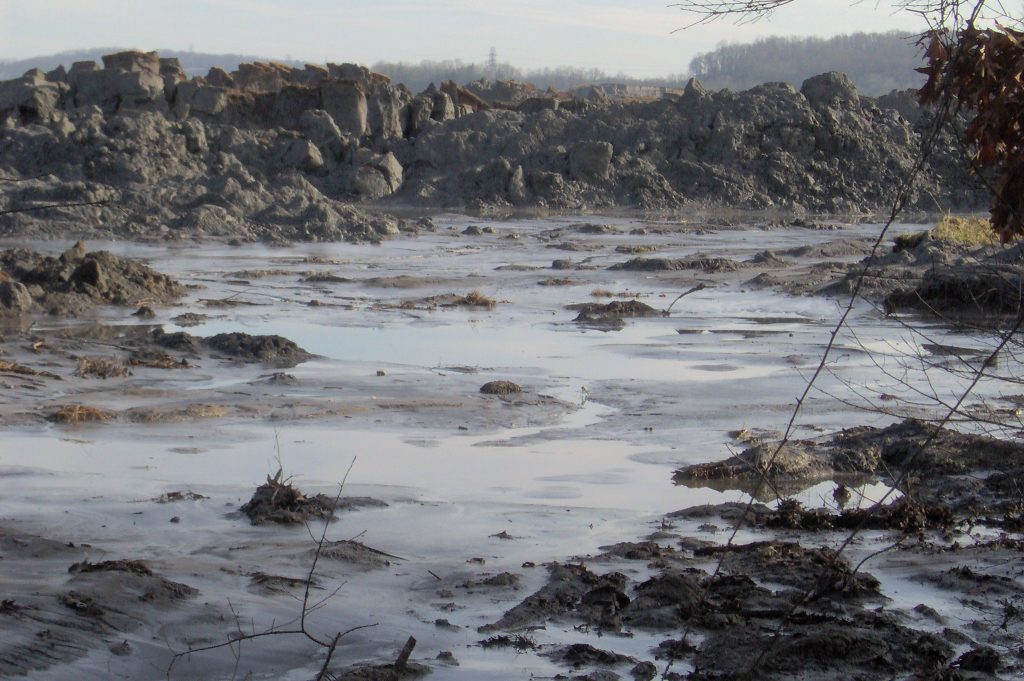
Mercuric chloride exerts an estrogenic effect through binding to the estrogen receptor that can cause human breast cancer cells to proliferate. The heavy metals iron, nickel, chromium, zinc, cadmium, mercury, and lead were found to be higher in human breast cancer tumour samples than in benign breast tissue, suggesting that heavy metals are related to malignancy. Mercury chloride can stimulate the growth of MCF-7 breast cancer cells, while chromium chloride, chromium trioxide and manganese sulfate can not. Other metals that bind to estrogen receptors to exert an estrogenic effect are copper, cobalt, nickel, lead and tin.
A 2014 study of cancer patients from the Malwa region of Punjab (where there are much higher cancer rates than the rest of India), found that breast cancer patients had elevated lead, uranium and barium in their hair samples, likely derived from their water supply, as well as from soil and phosphate fertilizers. Uranium levels were double the amount found in a control group and over six times higher than the normal reference range.
Aluminum is another metal implicated in breast cancer. Al is present in cosmetics such as antiperspirants, lipsticks and sunscreens. Al chlorohydrate is the active antiperspirant agent in underarm cosmetics and may be the key exposure route for aluminum in the body. Aluminum can accumulate in the mammary gland and interfere with the biological properties of breast epithelial cells to cause cancer. Several studies suggest that the presence of Aluminum in breast cells could influence the metastatic process, as aluminum increases oxidative damage, inflammation and the migratory and invasive capacity of breast cancer cells.
- Experimental study on the estrogen-like effect of mercuric chloride.
- Increased levels of transition metals in breast cancer tissue.
- Experiment study on the estrogen-like effect of compounds of mercury, chromium and manganese
- Methyl mercury influences growth-related signaling in MCF-7 breast cancer cells.
- Estrogen-like activity of metals in MCF-7 breast cancer cells.
- Comparing the metal concentration in the hair of cancer patients and healthy people living in the malwa region of punjab, India.
- Effect of aluminium on migratory and invasive properties of MCF-7 human breast cancer cells in culture.
- Aluminium and breast cancer: Sources of exposure, tissue measurements and mechanisms of toxicological actions on breast biology.
- Aluminium, carbonyls and cytokines in human nipple aspirate fluids: Possible relationship between inflammation, oxidative stress and breast cancer microenvironment.



